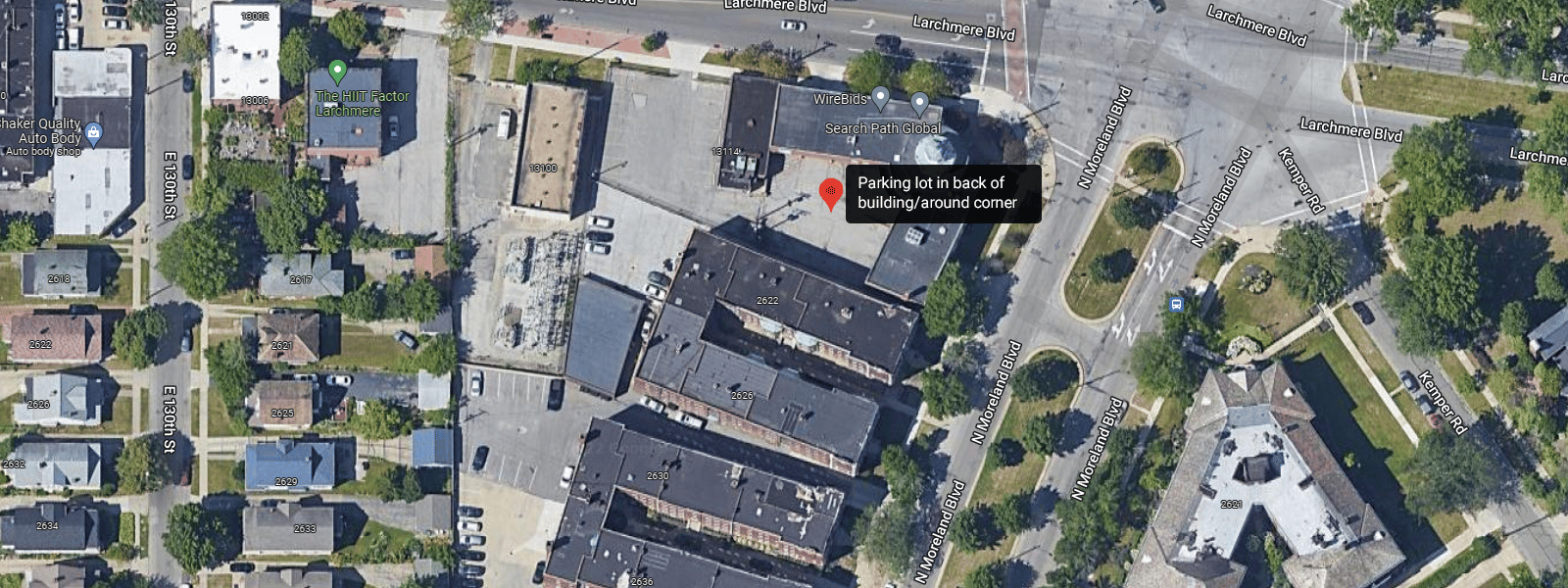
Understanding Home Sale Fraud: Examples of Court Cases
Home sale fraud by the seller is so common that we deal with it nearly every day. When I hold a consultation with a client, it’s often helpful to give examples of prior instances of fraud where a court held the seller liable. This gives us a yardstick of severity by which we can judge whether it’s worth pursuing a lawsuit. As always, the more malicious the behavior of the seller, the better case it will be, but of course we need to prove it. Below are a few examples of court cases where it went either way for the seller.
As-is sale
A buyer discovered a profusely flooding basement days after moving in. After a few months, the basement wall began to buckle under pressure of water buildup in the ground outside the home. The purchase contract stated the buyers were buying “as-is” with no warranties. The realtor and the seller were aware of the leaky basement, but did not disclose it, nor did they make any other statements about the basement to the buyer.
The court ruled in favor of the seller because the as-is clause excused the seller from having to disclose any facts about the house. The court emphasized that the seller had made no positive statements about the basement. The court noted that the buyer attempted to bring out evidence that the sellers had told the buyer that the basement was dry, but they didn’t successfully prove it.
It’s important to note that almost every purchase contract contains an “as-is” clause. This clause gets the seller off the hook for any nondisclosure. However, it does not excuse the seller from lying about a condition, or taking positive efforts to conceal it. If the seller had lied about the condition upon inquiry by the buyer, then the seller probably would have been liable.
This is why it’s important to get the seller to complete the Ohio Residential Property Disclosure Form, which asks all the important questions about current or past problems with the house. If the seller had filled this form out and checked the “no” box next to past basement leakage, the court may have come to a different result.
Kaye v. Buehrle, 457 N.E.2d 373, 8 Ohio App.3d 381, 8 OBR 495 (Ohio App. 1983)
House flipping and finished basements
A buyer bought a house from a contractor who “flipped” it for profit after renovating it. After discovering water in the finished basement and paying to have it waterproofed, the buyer sued the seller for fraudulent concealment. The waterproofing contractor testified that there were serious cracks in the basement walls and some kind of filler had been applied to repair it. The seller had represented that he had no knowledge of any water intrusion on the residential property disclosure form.
Furthermore, the buyer wasn’t able to present any evidence that the home had any water problems during the time the seller owned the home. The court ruled in favor of the seller.
This is another case where there might be some indication of fraud but the buyer wasn’t able to prove that the seller acted knowingly. There were cracks and they were repaired, but the buyer had no way to prove that the seller was the one to do the repairs. The seller did testify that he was the one to finish the basement and he saw the cracks, but the buyer simply wasn’t able to prove that he finished it in order to cover up the water problems.
Had the buyer been able to produce some evidence that the basement flooded during the seller’s ownership period, they probably would have won.
Doctor v. Marucci, 2013 Ohio 5831 (Ohio App. 2013)
Inspector reported basement moisture
Three months after the purchase, the newly finished basement of a Cleveland house developed serious moisture problems in the basement — mold, water-stained carpet, new paint peeling off walls, puddles, and mildew. The seller indicated on the disclosure form that they had no knowledge of water intrusion problems.
At trial, the seller testified he had no knowledge of any water problems in the basement. The court also mentioned that the buyer wasn’t able to prove that the seller had knowledge with any other evidence either. The seller had owned the property for a little over a year and bought it to resell for a profit. As a result, the court found that there was no fraudulent concealment on the part of the seller. Just because the seller had finished the basement before sale does not mean that the seller was trying to conceal a known fact.
Lewis v. Marita, 2013 Ohio 5431 (Ohio App. 2013)
Seller had basement repaired, didn’t disclose
In 2014, a buyer purchased a Mentor home in an area with a history of flooding. A 100-year flood in 2006 had damaged the basement along with all the other houses in the area. In 2007 and 2009, the seller hired contractors to stop the water intrusion. In 2013, heavy rain caused 4-6″ of water to accumulate in the basement, which the seller had repaired. On the disclosure form, the seller wrote “Water Flooding 2006 due to ‘100 year flooding.’ Not sewer issue.
Had front and sides of house waterproofed in 2007 and had back of house waterproofed in 2009.” The buyer’s inspector observed hairline cracks, probably due to poor backfill and drainage along foundation wall, and recommended excavation. The court ruled in favor of the seller.
Pertinent to the court’s decision was the fact that the seller disclosed some past flooding and repairs, and the inspector’s discovery of current foundation issues. These two facts should have put the buyer on notice that the house had basement issues, and the buyer had no right to rely on the seller’s disclosures of the repairs.
Fowler v. Fimiani, 2017 Ohio 9333 (Ohio App. 2017)
Seller hid stains from leaking fuel tank
The plaintiff bought a home in Clermont County with an underground heating oil tank, which the seller disclosed. When the buyer inspected the home, one of the basement walls was not visible because the door to the adjacent laundry room was open and furniture was piled against the wall. Before buying the house, the addendum stated that “”this contract is contingent upon buyers’ satisfaction with the resolution of the underground oil tank.” After moving in, the buyer discovered fuel oil stains on the basement wall adjacent to the fuel oil tank and in the backyard.
At trial, the court concluded that the sellers knowingly concealed the fuel oil contamination on the basement wall, and awarded the cost of the repair to the buyers.
Unlike those above, this appeals case is about a buyer complaining that they didn’t win punitive damages and attorney’s fees. The court denied them, reasoning that punitive damages and fees are only allowable if the plaintiff can prove that the defendant acted with malice–a state of mind characterized by “hatred, ill will, or a spirit of revenge,” or a conscious disregard for the rights and safety of other persons that has a great probability of causing substantial harm.
Padgett v. Sanders, 130 Ohio App.3d 117, 719 N.E.2d 636 (Ohio App. 1998)
Basement repairs prior to sale
In 2002, a buyer purchased a Shaker Heights home that was extensively renovated by a seller who bought it in 2000. The previous owners had disclosed to the seller that a basement wall had been replaced, basement seepage and other defects in the home. The seller in this case disclosed sporadic leaking in the corner of the basement, and had painted the basement with waterproof paint.
The buyers did not obtain a general home inspection or an inspection of the basement. Within a year of the purchase, the back wall of the basement began to bow, the kitchen roof leaked, and a crack in the garage floor was discovered. At trial, the jury found in favor of the buyer and awarded compensatory and punitive damages.
On appeal, the court found that there was sufficient evidence of fraudulent concealment — there was evidence that a piece of wall had fallen out and was replaced by gluing it back to the wall and painted over.
Siebert v. Lalich, 2006 Ohio 6274 (Ohio App. 11/30/2006) Nichols v. Petroff, 2005 Ohio 481 (OH 2/7/2005), 2005 Ohio 481 (Ohio 2005)
Basement leaks
A buyer purchased a house with a newly painted basement. The seller disclosed they knew of no foundation problems or water intrusion on the disclosure form. The spring following the purchase, the buyer noticed water intrusion in the basement. He contacted a waterproofer who recommended an exterior waterproofing system. Upon tearing out the drywall, he discovered a bowing basement wall with large cracks, and moldy insulation. The contractor testified that several layers of caulking were applied to the cracks to try to stop the leak.
The court found in favor of the buyer. Particularly important to the court was that the photos showed that the seller lied on the witness stand about not having drywalled the basement in anticipation of selling the house. Photos of the basement from a previous listing of the house a year before the sale showed that the basement was not drywalled at the time.

